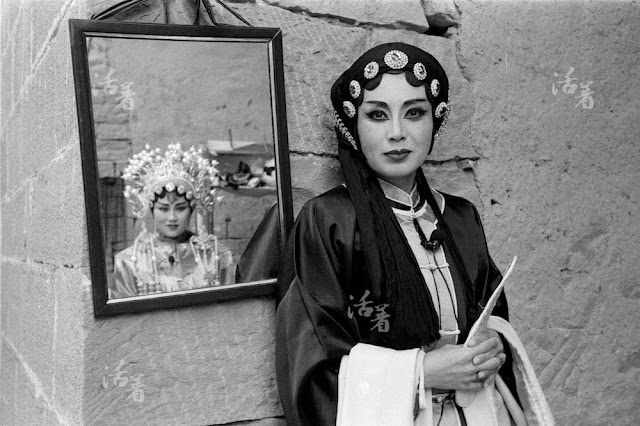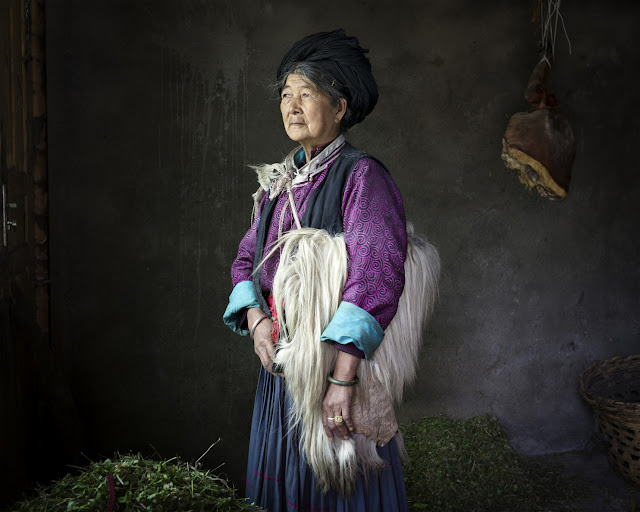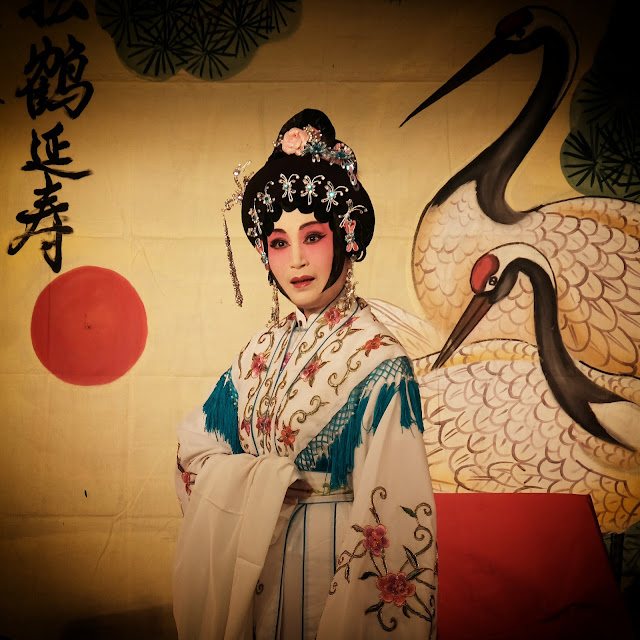The Legend of the Purple Hairpin | Fuji X-Pro2

During my regular photo walks in New York City's Chinatown, I chanced upon another poster advertising a forthcoming Chinese (Cantonese) Opera at the Chinese Community Center's theater on Mott Street. Naturally, I booked my seat, and attended its featured show titled The Legend of the Purple Hairpin. All the front and center seats were booked (at $100 each, I suppose that the show's sponsoring businesses and VIPs got them for free and/or at a discounted price), but I secured a front row aisle seat at the side...not ideal, but it gave me the freedom to move should I need to. I chose to use my Fuji X-Pro2 and the Fujinon XF 18-135 F3.5-5.6 OIS WR (the equivalent of a 28-200mm) to give me the reach I would need. The Fujinon XF 18-135 F3.5-5.6 OIS WR is my least favorite (and least used) Fuji lens because of its aperture limitation. However, I found that its OIS ( Optical Image Stabilizer) compensates for this limitation quite well, and from my previous experience at the sam...


